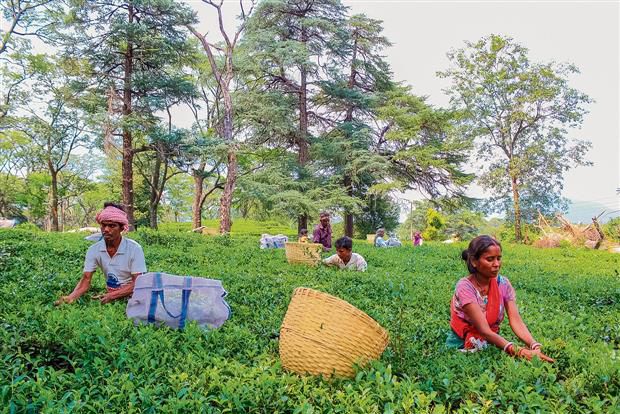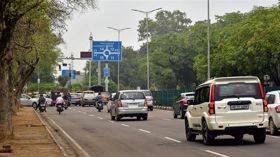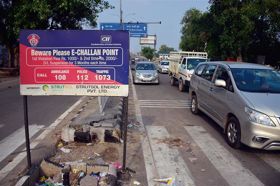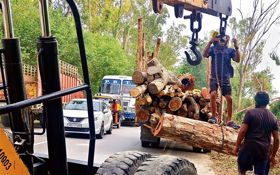
Workers pluck tea leaves at a garden in Dharamsala. Photo: Kamal jeet
Lalit Mohan
Dharamsala, July 1
The tea crop in Kangra has suffered massive damage due to a drought-like situation in May and June. According to sources, tea farmers of Kangra are alleging crop losses ranging from 40 per cent to 60 per cent due to the drought-like conditions in the district in the past two months. Some of them allege that tea farming may become unsustainable in the Kangra valley due to climate change and scanty rainfall in the region.
Aman Pal Singh, manager of the Mann Tea Garden, the biggest tea gardens of Dharamsala, says that till June 30 this year, total rain in the region was deficient. Due to high temperatures and low rainfall, the tea plantations of the region have been scorched. “Now, it remains to be seen how much tea plantations revive during the monsoon. This has led to about 40 per cent loss in product in our tea garden though we had irrigation facilities in many regions. Last year, tea production from our garden till June 30 was about 57,000 kg, whereas this year, it has come down to about 37,000 kg,” he adds.
KG Butail, former president of the Kangra Tea Farmers Association, says that Palampur has been more badly hit than the Dharamsala region in terms of damage to tea plantations due to high temperatures and poor rainfall. “Farmers have been unable to have any yield from their tea gardens in May and June, though it is the peak harvest season. The situation is bad for small tea farmers, who may lose their entire year’s income due to dry and hot weather. The government does not allow tea farmers of Kangra to practise anything but tea farming,” he adds.
Kangra tea has its a unique geographical indicator (GI), which the European Union also recognises. Though the Indian Government had granted the GI tag to Kangra in 2005, it was only last year that the European Union recognised it.
According to experts, the production of the plant has fallen to just 8 lakh kg per annum against 17 lakh kg per annum recorded in 1998. The said production is just 0.01per cent of the total 90 million kg production tea in the country.
With just 8 lakh kg of produce, the tea cannot be promoted on a commercial scale in any of the markets. The area under tea plantation in Kangra district has fallen to just about 2,000 hectares as compared 4,000 hectares at one time. The low yield and the lack of initiative among local tea farmers are responsible for low production of the tea, according to experts. At present, the average yield of the plant in the district is 230 kg per hectare.
However, at the country-level, the average yield of tea is 1,800 kg per hectare.
Join Whatsapp Channel of The Tribune for latest updates.




























